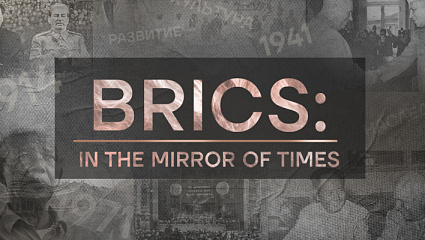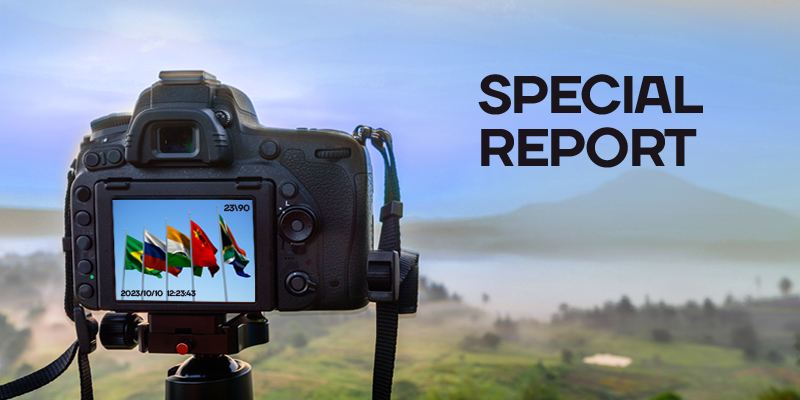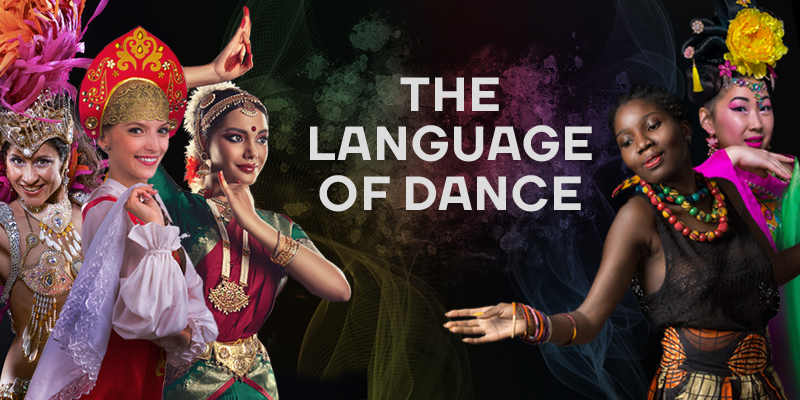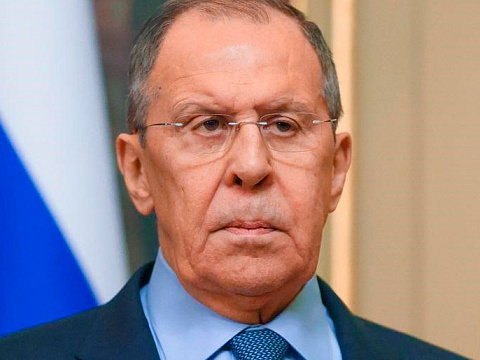China discovers 21 Royal Han tombs
Archaeologists exploring a mountainside in China have discovered 21 tombs, dating back 2,000 years. The presence of sumptuous artefacts and a rare "paired tomb" suggest it was an ancient royal tomb, as reported by Ancient Origins.
The discovery of the two-thousand-year-old royal tombs was made at an archaeological dig in Changsha, which is 665 miles (1,000km) southwest of Shanghai. The ancient kingdom of Changsha, located in the present-day Hunan region, was founded in 203 or 202 BC and represented the largest and longest-surviving kingdom of the Chinese Han Empire.

The discovery of 21 tombs was announced earlier this week by a team of archaeologists from the Institute of Archaeology of the Chinese Academy of Social Sciences and the Institute of Cultural Relics and Archaeology of Hunan Province. The researchers said the tombs, located along a remote mountainside, had been hidden for two millennia and that they were "presumably of royal origin".
More than 200 artefacts have been discovered. One particular tomb was filled with pottery belonging to the Western Han dynasty (two thousand years ago), which acording to researchers, flourished in the first half of the Han dynasty, from about 200 BC to 25 AD.
The Han imperial dynasty in ancient China was founded by Liu Bang around 200 BC and subsequently ruled by the House of Liu. This dynasty was preceded by the short-lived Qin dynasty and was succeeded by the Three Kingdoms period from 220 to 280 CE, which represented the tripartite division of China between the dynastic states of Cao Wei, Shu Han and Eastern Wu.
Archaeologists explained that they grouped the 21 tombs into two types: tombs with aisles and tombs without aisles. Many tombs are arranged side by side, three tombs in a row were found at one end of the site, while at the other end four more tombs were lined up together.
Researchers say that this type of double-layered tomb is "rarely found in Hunan province". In this tomb, archaeologists found "two iron relics, walls covered with a glaze and a mineral known as talc, and a brown talc disc (or bi) with a diamond and circle pattern". It is also thought that a rare "pair of tombs" may have housed a joint burial of husband and wife.

After examining the finds, which are of the same age, archaeologists concluded that they probably belonged to "a royal family buried together in an ancient mausoleum".
The Lunheng book, a vast classical Chinese text written by Wang Chong around 27-100 AD and containing detailed essays on ancient Chinese mythology, natural history, philosophy and literature, describes Western Han imperial burial customs as involving "sacrifices" in ancestral temples, which explains the number of pottery vessels and funerary equipment found in the 21 tombs.
It is known that "paired burials" became a standard form of royal burial in the late Han period, along with a combination of male and female motifs in tomb decoration. This is why archaeologists point to the rare "paired tomb" they discovered as irrefutable evidence that it was the burial place of a Han "royal" family.
Photo: Xinhua News Agency, a partner of TV BRICS







 DIGITAL WORLD
DIGITAL WORLD




































